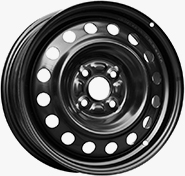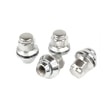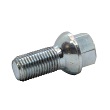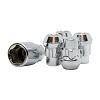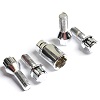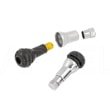Differences between summer and winter tires
In countries like the Czech Republic, Finland, Germany, and Romania, driving on winter tires is mandatory. Polish law—despite the frequent discussion—does not require drivers to do so. However, this doesn't change the fact that when snow appears on the streets and temperatures approach freezing, switching to tires designed for use in December, January, or February is a sign of a rational approach to life. How do winter tires differ from the ones we use most of the year? Are they really worth the investment?
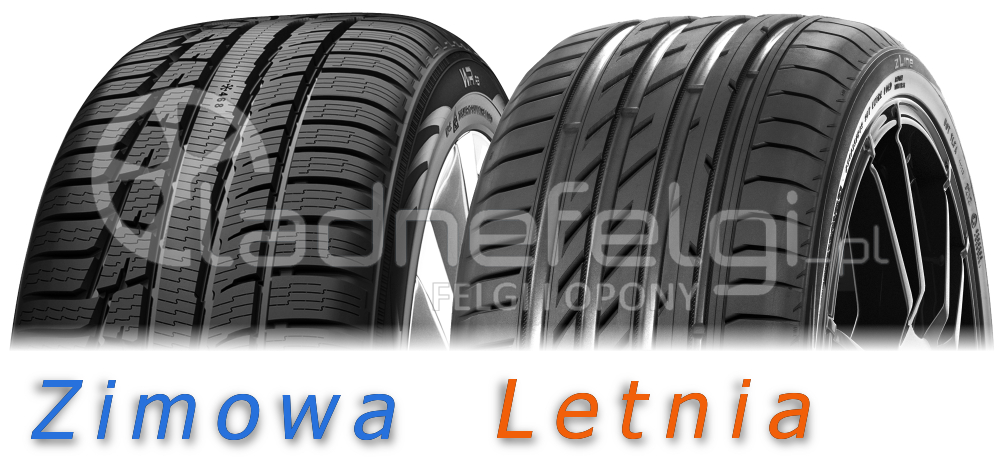
According to statistics, the risk of accidents in winter is six times higher than on warm days . This is due to lower temperatures, reduced visibility, and falling snow. One of the vehicle components that directly impacts road grip is tires . Besides size and price, they differ in the period of use – we distinguish between summer and winter tires. Let's learn what differentiates them and how this affects road conditions.
Summer only in summer, winter only in winter
The differences between winter and summer tires are immediately apparent. In the case of summer tires, the tread is made up of grooves, ridges, sipes, and sipes that provide greater traction in snow. The tread of winter tires is designed specifically for this time of year, improving road safety. It's worth noting that winter tires have self-cleaning properties —this occurs as a result of wheel rotation.
Summer tires are significantly smoother , designed to provide as much contact with the ground as possible. This is ideal for warm days, providing excellent grip on clean asphalt.
However, the differences between summer and winter tires aren't just visual. The most important aspect is invisible to the naked eye. Winter tires, designed to perform in low temperatures, don't harden when the thermometer dips below freezing. This property is a result of silica —a component of rocks, sand, and various minerals—which positively impacts the tire's grip on snow and skid resistance. Winter tires are therefore relatively soft, gaining the necessary stiffness only on cold days . However, this isn't true in warmer weather.
When it's hot outside, or even the sun is gentle, summer tires will show off their full potential. They don't heat up quickly and perform perfectly at high temperatures, ensuring the right driving characteristics on warm days.

Use tires for their intended purpose
Someone named tires "summer" and "winter" to suggest to owners their usage periods. Designed for specific seasons, they will show their full potential precisely when they are supposed to be on the road. Any deviations from these standards will not guarantee traction or safety. Therefore, we strongly recommend that as soon as the temperature drops below the conventional 7 degrees Celsius , you visit a tire shop and replace your summer tires with winter tires. Once the cold weather ends, you should consider returning them to their previous condition.

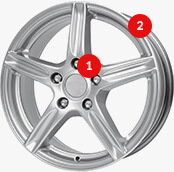

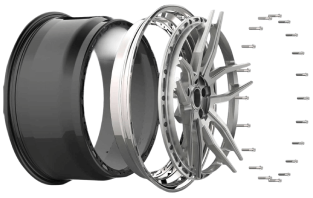
 Modern design
Modern design Perfect fit
Perfect fit High durability
High durability Free shipping within 24 hours
Free shipping within 24 hours
 Individual project
Individual project Dedicated caregiver
Dedicated caregiver